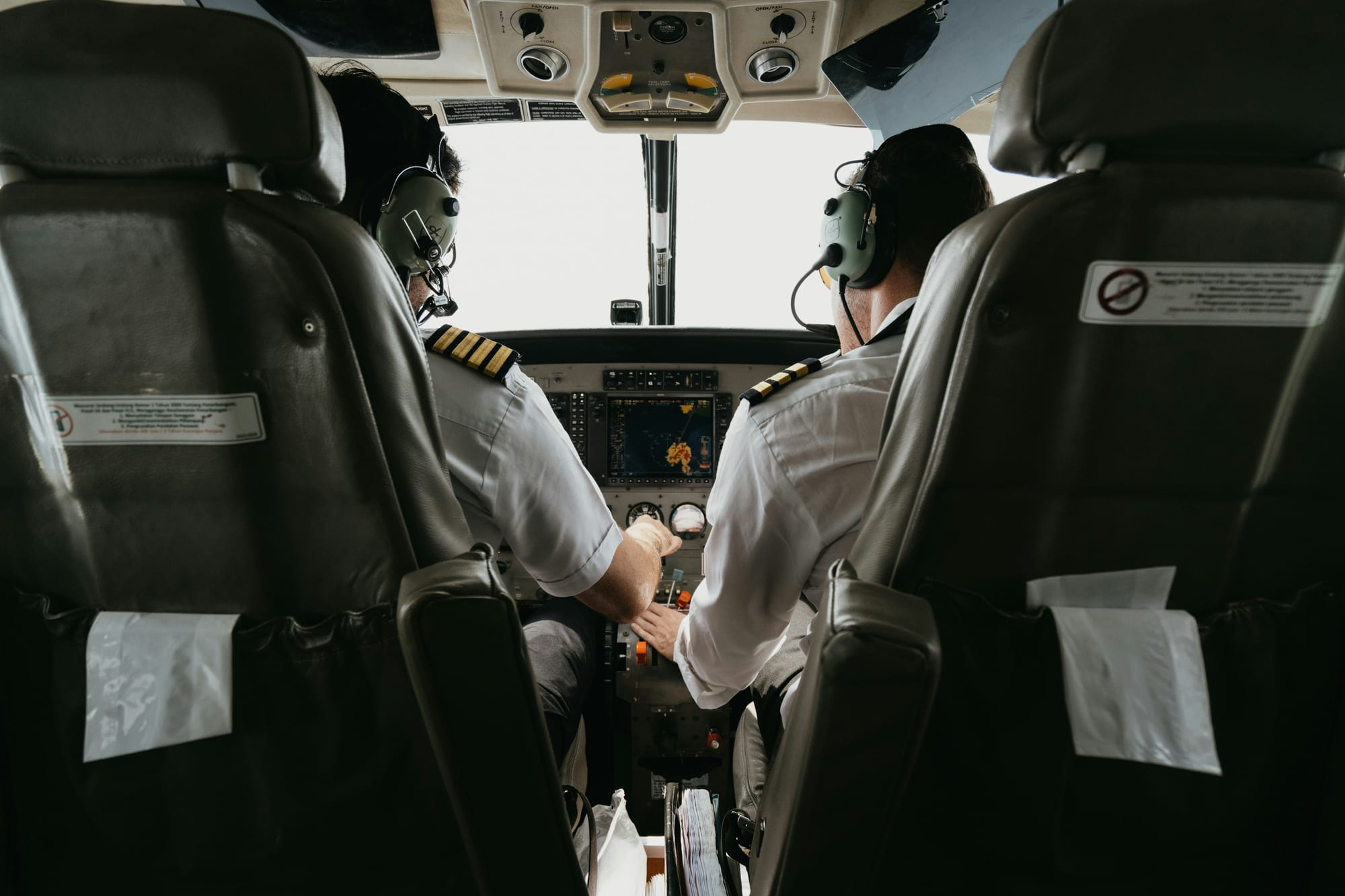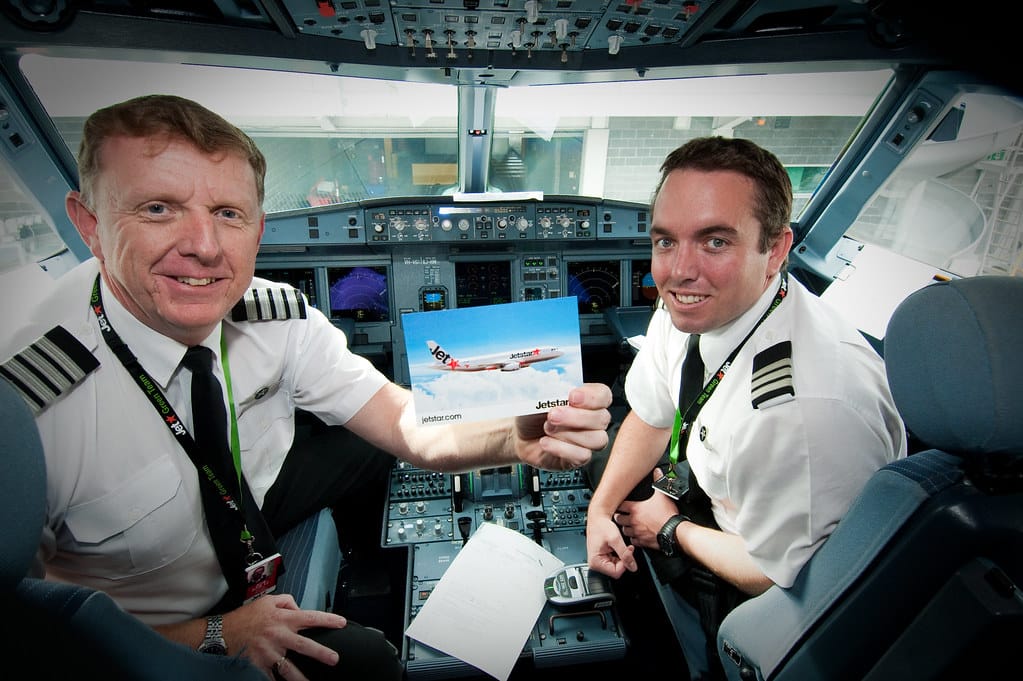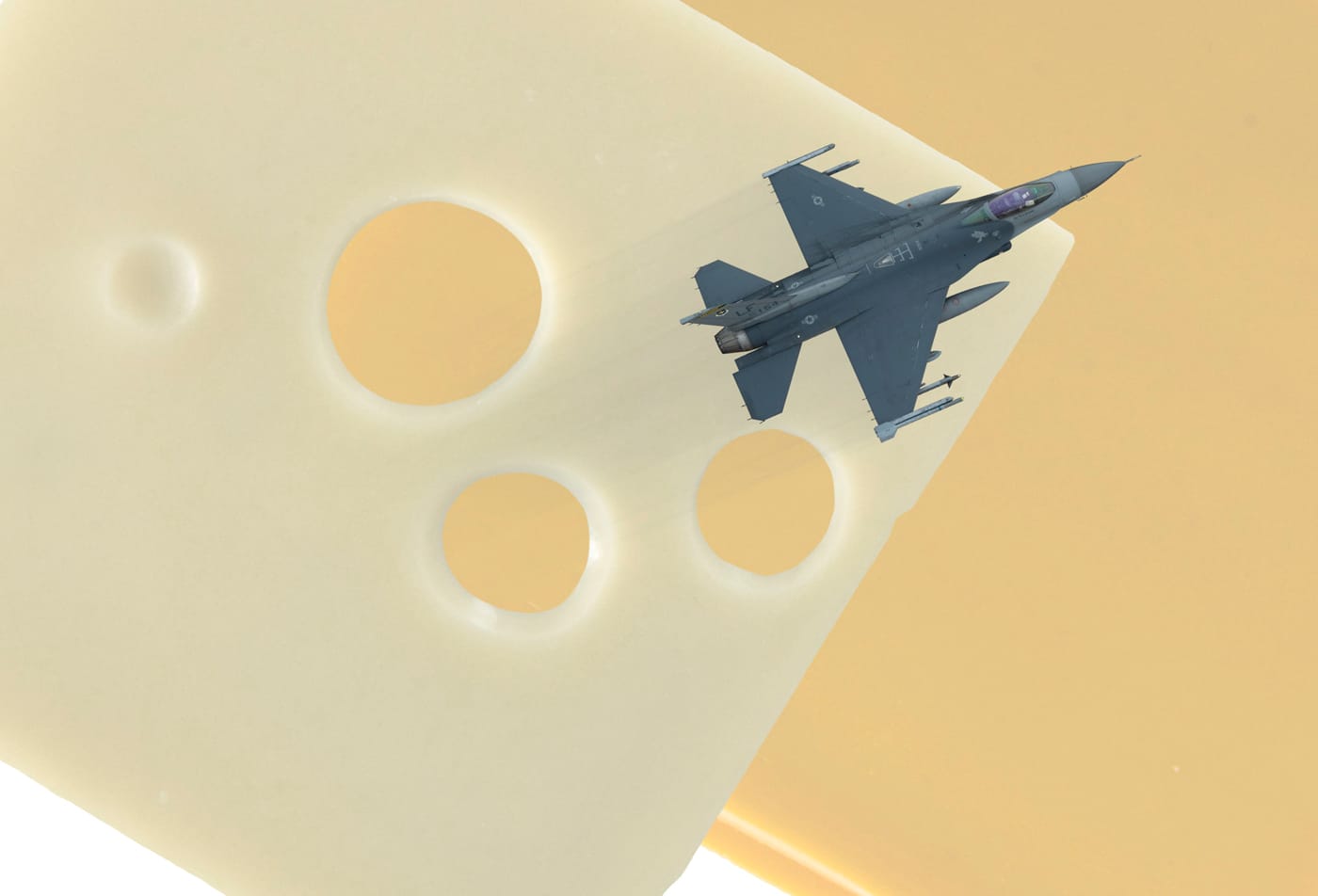Gate Lice: A Persistent Problem in Air Travel
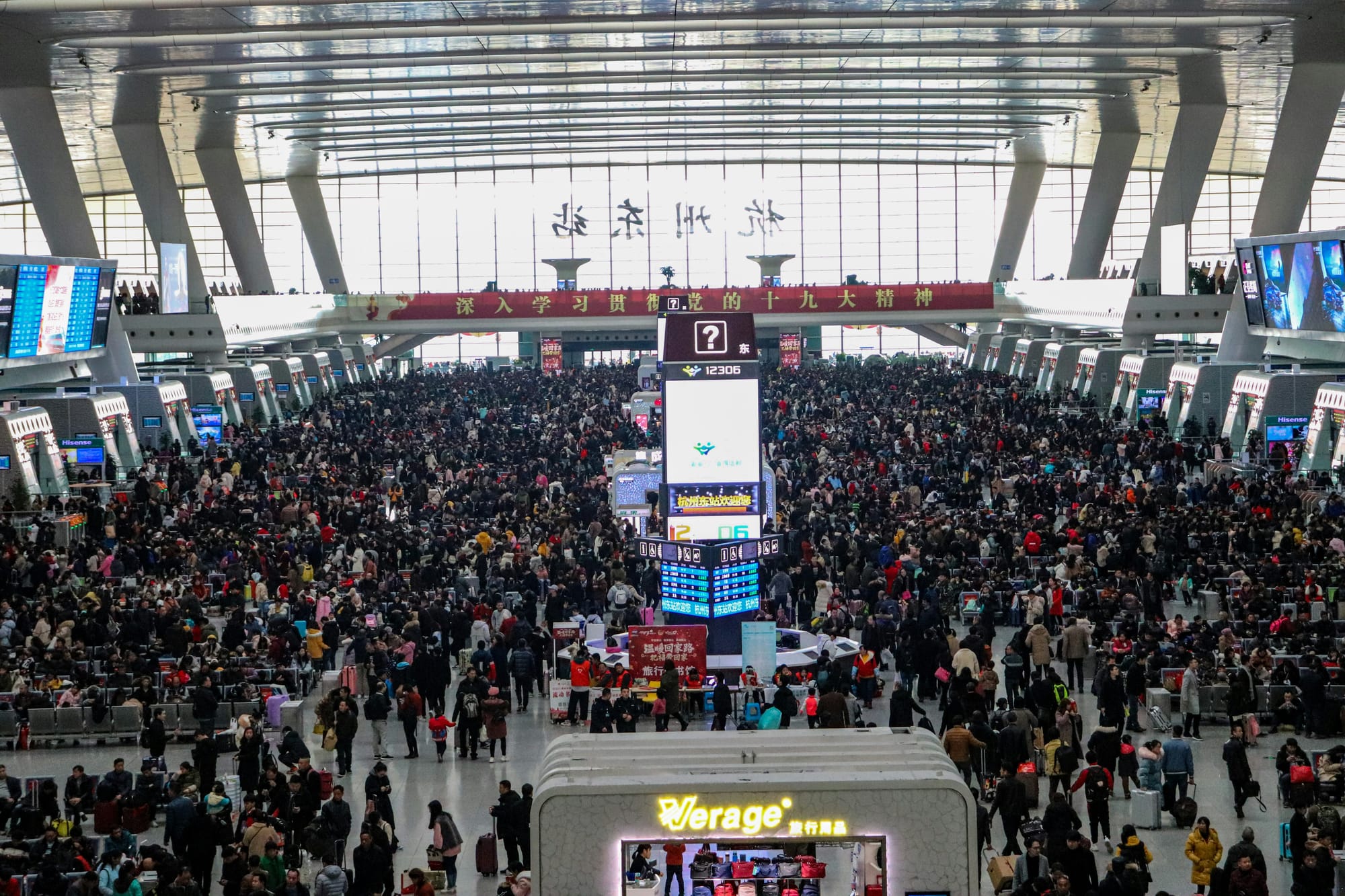
Flying, for all its marvels, has its fair share of frustrations. From delayed flights to cramped seats, most passengers have developed a tolerance for the minor inconveniences that come with flying. But one phenomenon consistently rises to the top of my frustration list: gate lice.
For the uninitiated, “gate lice” is the not-so-affectionate term used to describe the crowd of passengers who hover near the boarding gate long before their group is called. This practice, while understandable to some extent, creates unnecessary stress for both travelers and airline staff, making the boarding process less efficient and more chaotic.
Why Do Gate Lice Exist?
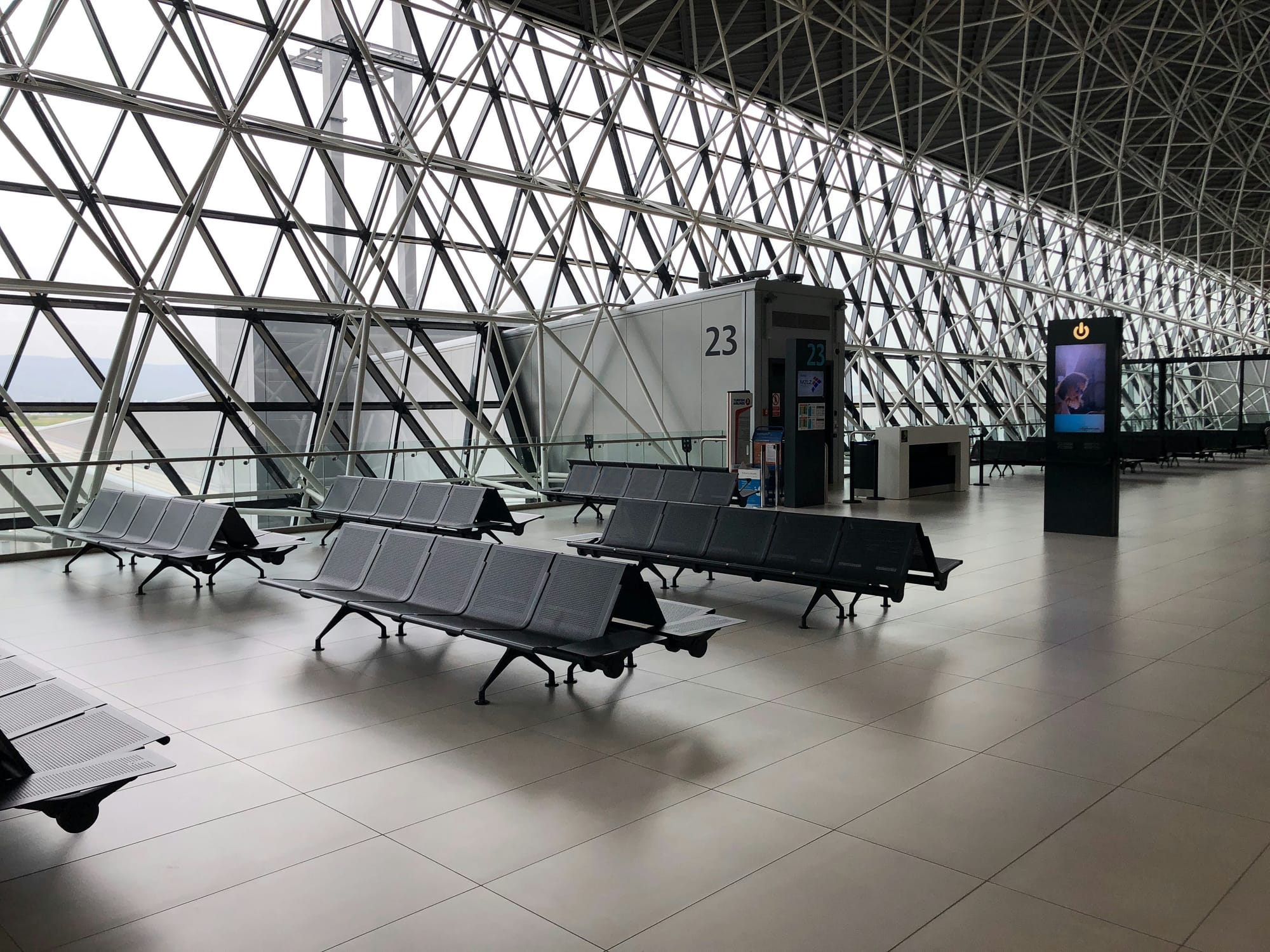
The phenomenon of gate lice stems from a mix of anxiety, lack of information, and, occasionally, sheer impatience. For some passengers, the worry about securing overhead bin space drives them to stake out a position near the gate. Others might simply not understand the boarding process or mistakenly believe they’ll be called sooner by hovering nearby. Regardless of the reason, the result is the same: a congested area around the gate, confusion over boarding zones, and an overall decline in the boarding experience.
Gate lice don’t just annoy their fellow passengers; they actively disrupt the flow of boarding. Airline staff often have to redirect these eager travelers, slowing down the process. Families with young children, passengers with disabilities, and priority groups can find it particularly challenging to navigate through the dense cluster of bodies near the gate.
How to Fix the Gate Lice
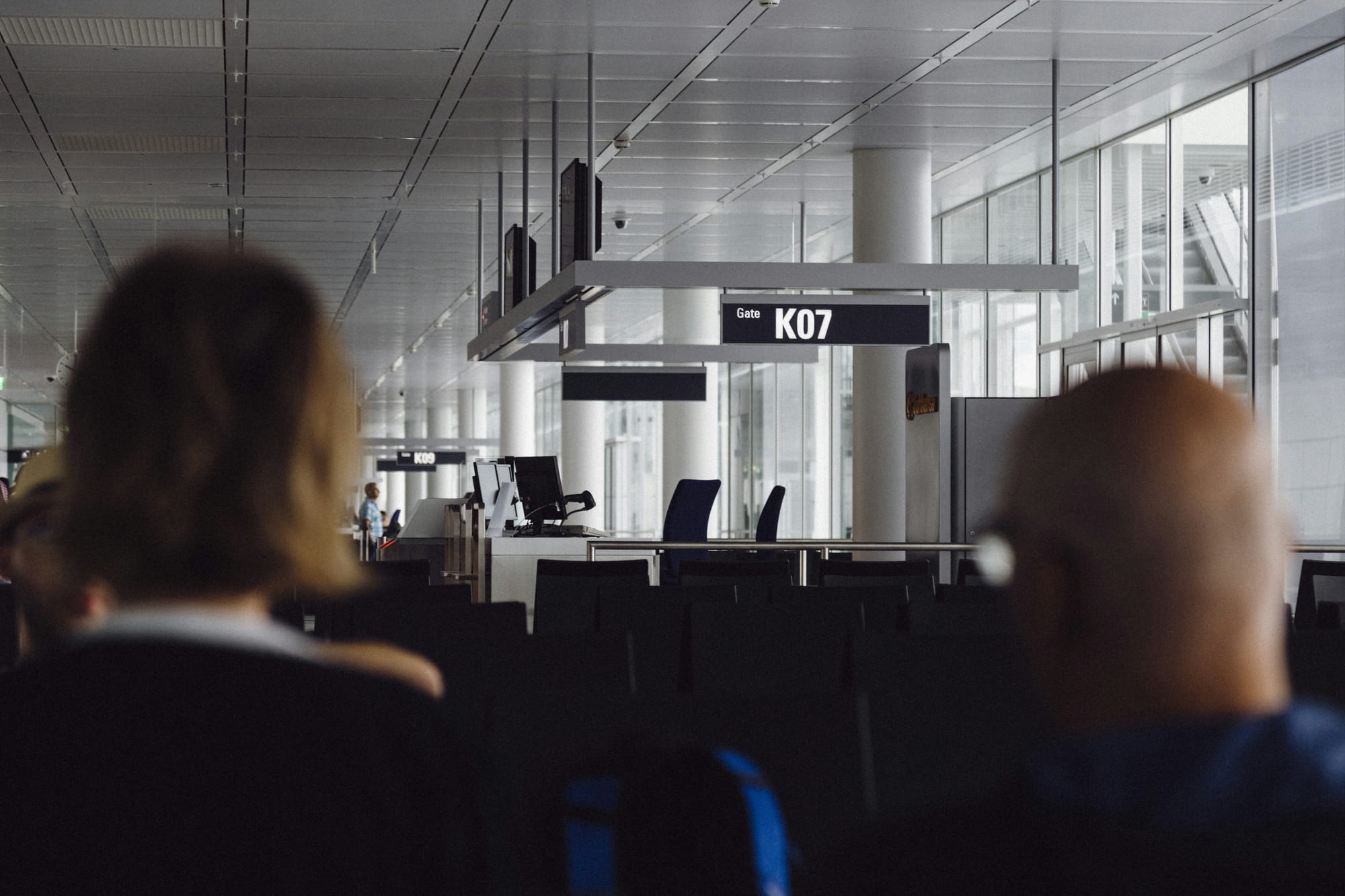
Solving the gate lice issue requires a combination of clearer communication, better incentives, and subtle behavior management:
- Boarding Zones and Markings: Designating specific areas in the boarding zone for each group, marked with clear signage or floor decals, could create a more orderly boarding process. Passengers would know where to stand and when, reducing the need for premature gate hovering.
- Encouraging Patience Through Incentives: Airlines could reward passengers who adhere to boarding rules with small perks, such as bonus loyalty points or complimentary snacks. Positive reinforcement might encourage more people to wait their turn.
- Strict Enforcement: Gate agents can play a more active role in managing the boarding area. Politely but firmly asking passengers to step back until their group is called could help establish a culture of compliance over time.
- Reevaluating Overhead Bin Policies: Many passengers hover at the gate due to concerns over limited overhead bin space. Offering more affordable checked bag options or ensuring sufficient carry-on space could alleviate some of this anxiety.
Final Thoughts
Gate lice are a seemingly minor annoyance that can ripple into larger issues, affecting the overall enjoyment of air travel. While the behavior is rooted in understandable concerns, it’s ultimately detrimental to everyone involved. Flying is stressful enough without the added chaos of a congested gate area. It’s time for both passengers and airlines to work together to solve the gate lice problem—because every journey should start with calm, not chaos.


